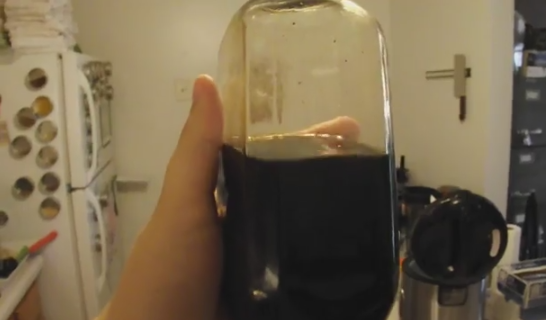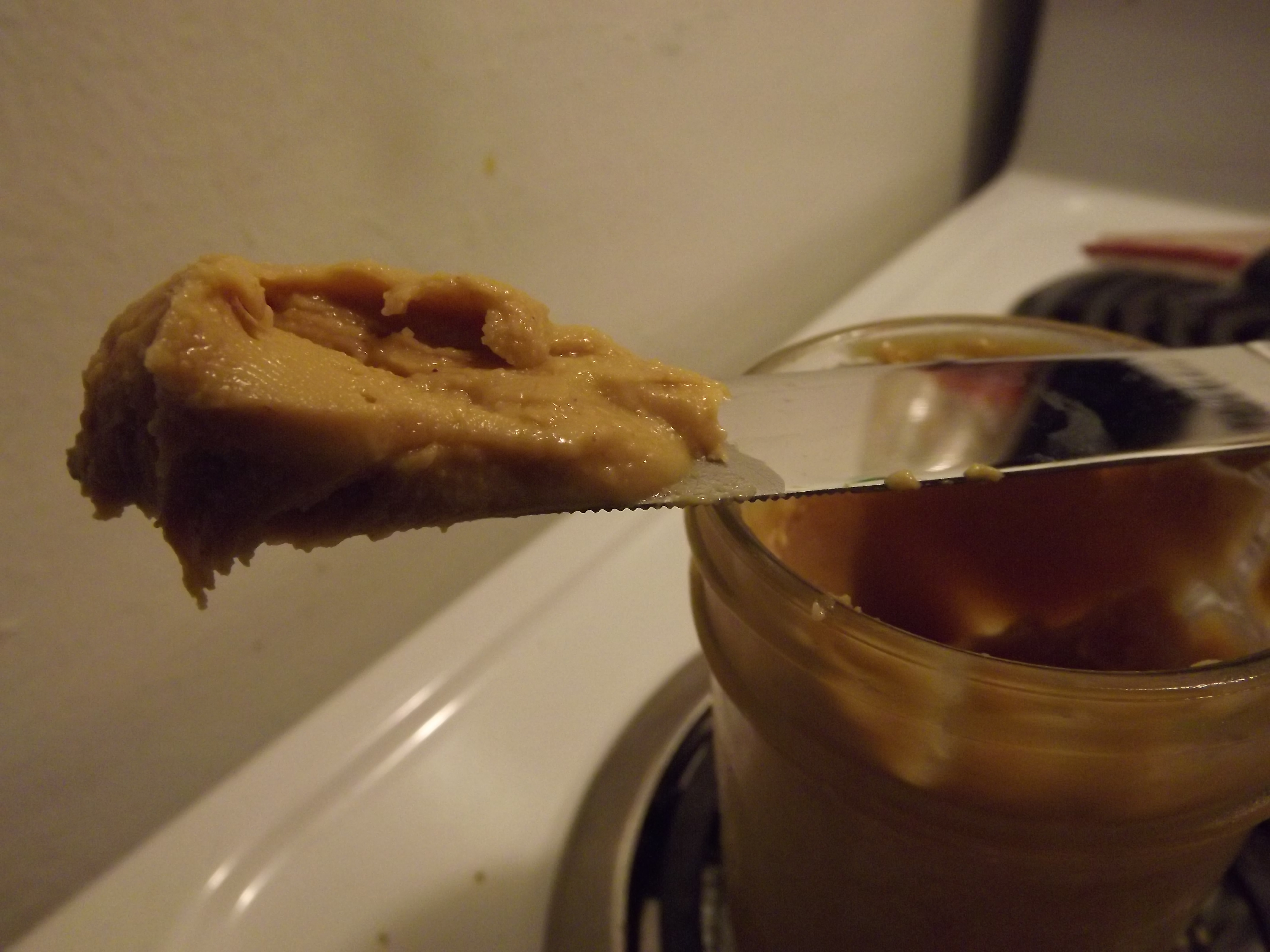Blueberry Maple Syrup
Blueberry Maple Syrup
Prep time
Cook time
Total time
Traditional fruit sauces take a long time boiling and reducing and frankly we don't have the time in the morning these days. This took less than 10 minutes and was better than a traditional sauce. The thin version really absorbs into the pancakes but the thick version is oh-so gourmet looking that it will really impress your family and friends.
Author: FaylinaMeir
Recipe type: Breakfast
Cuisine: American
Serves: 1 cup
Ingredients
- 1 cup frozen blueberries - small varieties suggested
- ½ cup maple syrup
- ¼-1/2 cup water
- optional - 1 teaspoon tapioca starch mixed with 2 teaspoon water
Instructions
- In a nonstick skillet, preheat it over medium high heat until a drop of water sizzles away almost immediately.
- Add in 1 cup of frozen blueberries (fresh can be used but wash them very well and pick out any hard bits) and stir until the berries release their juices and are thawed. This only takes about 1 - 1½ minutes. The object isn't to cook them through and squish them but just to thaw them. Add in your ½ cup of REAL maple syrup, no pancake syrup please.
- Let this bubble for about 90 seconds, you just want to heat through the syrup. Then add your water, I added about ⅓ of a cup but you can add less or more. This thins it out so it's not super strong plus helps stretch your budget a little, you could skip this if you want.
- At this point you could stop and serve and it would taste amazing but it's thin and won't really thicken until cooled. I suggest taking a mixture of 1 teaspoon tapioca (cornstarch would work but you'll have to boil it harder) and 2 teaspoons water, mix well and turn off the heat.
- Add in this tapioca mixture and stir until you notice it really get thick. You'll want to stir about 2 minutes in total just to make sure you get no lumps.
- You should notice all the white disappear and it will resemble a nice jam in texture. At this point you're done!
Notes
Serve warm on-top of pancakes, I suggest my No Oil Vegan Whole Wheat Pancakes OR serve cold on-top of toast like a blueberry Jam (if you want to just make this a Jam, triple the amount of tapioca mixture).
Nutrition Information
Serving size: ¼ cup Calories: 131 Fat: 0 Saturated fat: 0 Unsaturated fat: 0 Trans fat: 0 Carbohydrates: 33 Sugar: 27 Sodium: 4 Fiber: 1 Protein: 0 Cholesterol: 0


